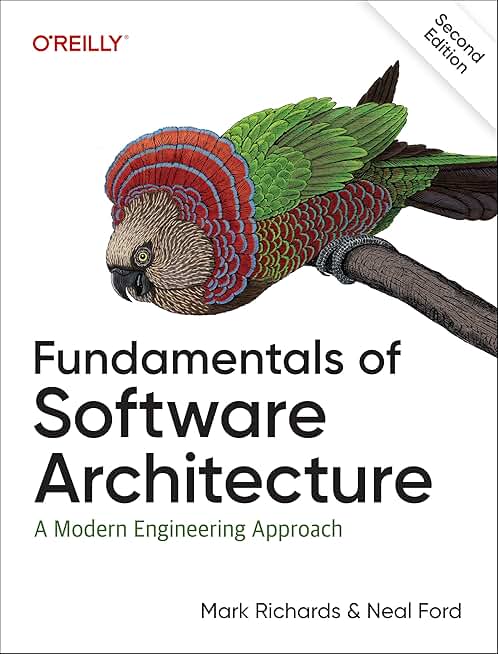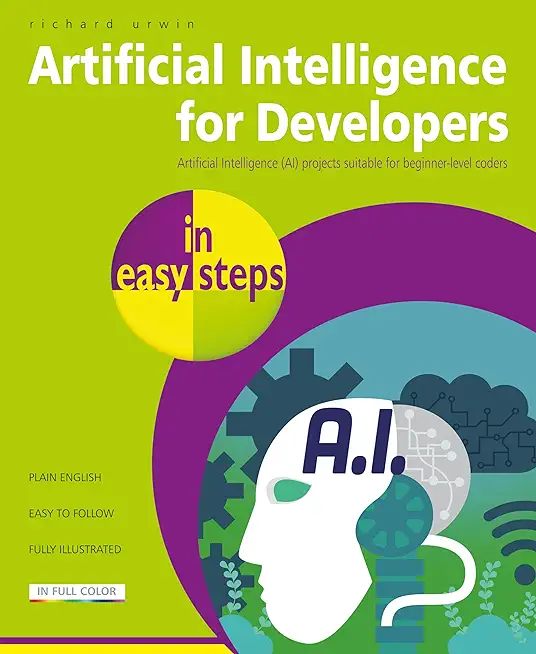Advanced Python 3 (4 Day Course) Training in Jacksonville
Enroll in or hire us to teach our Advanced Python 3 (4 Day Course) class in Jacksonville, Florida by calling us @303.377.6176. Like all HSG
classes, Advanced Python 3 (4 Day Course) may be offered either onsite or via instructor led virtual training. Consider looking at our public training schedule to see if it
is scheduled: Public Training Classes
Provided there are enough attendees, Advanced Python 3 (4 Day Course) may be taught at one of our local training facilities.
|
We offer private customized training for groups of 3 or more attendees.
|
||
Course Description |
||
| In this Python training course, students already familiar with Python
programming will learn advanced Python techniques such as IPython
Notebook, the Collections module, mapping and filtering, lamba
functions, advanced sorting, writing object-oriented code, testing and
debugging, NumPy, pandas, matplotlib, regular expressions, Unicode, text
encoding and working with databases, CSV files, JSON and XML. This
advanced Python course is taught using Python 3, however, differences
between Python 2 and Python 3 are noted.
Course Length: 4 Days
Course Tuition: $1290 (US) |
||
Prerequisites |
|
| Basic Python programming experience. In particular, you should be very comfortable with: working with strings; working with lists, tuples and dictionaries; loops and conditionals; and writing your own functions. Experience in the following areas would be beneficial: some exposure to HTML, XML, JSON, and SQL. | |
Course Outline |
|
IPython Notebook
Getting Started with IPython Notebook
Creating Your First IPython Notebook
IPython Notebook Modes
Useful Shortcut Keys
Markdown
Magic Commands
Getting Help
Advanced Python Concepts
Advanced List Comprehensions
Collections Module
Mapping and Filtering
Lambda Functions
Advanced Sorting
Unpacking Sequences in Function Calls
Modules and Packages
Working with Data
Databases
CSV
Getting Data from the Web
HTML
XML
JSON
Classes and Objects
Creating Classes
Attributes, Methods and Properties
Extending Classes
Documenting Classes
Static, Class, Abstract Methods
Decorator
Testing and Debugging
Creating Simulations
Testing for Performance
The unittest Module
NumPy
One-dimensional Arrays
Multi-dimensional Arrays
Getting Basic Information about an Array
NumPy Arrays Compared to Python Lists
Universal Functions
Modifying Parts of an Array
Adding a Row Vector to All Rows
Random Sampling
pandas
Series and DataFrames
Accessing Elements from a Series
Series Alignment
Comparing One Series with Another
Element-wise Operations
Creating a DataFrame from NumPy Array
Creating a DataFrame from Series
Creating a DataFrame from a CSVl
Getting Columns and Rows
Cleaning Data
Advanced Python
Combining Row and Column Selection
Scalar Data: at[] and iat[]
Boolean Selection
Plotting with matplotlib
Regular Expressions
Regular Expression Syntax
Python's Handling of Regular Expressions
Unicode and Encoding
Encoding and Decoding Files in Python
Converting a File from cp1252 to UTF-8
|
Course Directory [training on all levels]
Technical Training Courses
Software engineer/architect, System Admin ... Welcome!
- .NET Classes
- Agile/Scrum Classes
- AI Classes
- Ajax Classes
- Android and iPhone Programming Classes
- Azure Classes
- Blaze Advisor Classes
- C Programming Classes
- C# Programming Classes
- C++ Programming Classes
- Cisco Classes
- Cloud Classes
- CompTIA Classes
- Crystal Reports Classes
- Data Classes
- Design Patterns Classes
- DevOps Classes
- Foundations of Web Design & Web Authoring Classes
- Git, Jira, Wicket, Gradle, Tableau Classes
- IBM Classes
- Java Programming Classes
- JBoss Administration Classes
- JUnit, TDD, CPTC, Web Penetration Classes
- Linux Unix Classes
- Machine Learning Classes
- Microsoft Classes
- Microsoft Development Classes
- Microsoft SQL Server Classes
- Microsoft Team Foundation Server Classes
- Microsoft Windows Server Classes
- Oracle, MySQL, Cassandra, Hadoop Database Classes
- Perl Programming Classes
- Python Programming Classes
- Ruby Programming Classes
- SAS Classes
- Security Classes
- SharePoint Classes
- SOA Classes
- Tcl, Awk, Bash, Shell Classes
- UML Classes
- VMWare Classes
- Web Development Classes
- Web Services Classes
- Weblogic Administration Classes
- XML Classes
Business Training Courses
Project Managers, Business Analysts, Paralegals ... Welcome!
Upcoming Classes
Gain insight and ideas from students with different perspectives and experiences.
Python Programming Uses & Stats
Python Programming is Used For:
Web Development
Video Games
Desktop GUI's
Software Development
|
Difficulty
|
Popularity
|
Year Created 1991 |
|
Pros
Easy to Learn:
The learning curve is very mild and the language is versatile and fast to develop.
Massive Libraries:
You can find a library for basically anything: from web development, through game development, to machine learning.
Do More with Less Code:
You can build prototypes and test out ideas much quicker in Python than in other language
|
Cons
Speed Limitations: It is an interpretive language and therefore much slower than compiled languages. Problems with Threading: Multi-threaded CPU-bound programs may be slower than single-threaded ones do to the Global Interpreter Lock (GIL) that allows only one thread to execute at a time. Weak on Mobile: Although, there are a number or libraries that provide a way to develop for both Android and iOS using Python currently Android and iOS don’t support Python as an official programming language. |
| Python Programming Job Market |

Average Salary
|

Job Count
|

Top Job Locations
New York City Mountain View San Francisco |
|
Complimentary Skills to have along with Python Programming
The potential for career growth, whether you are new to the industry or plan to expand your current skills, depends upon your interests:
- For knowledge in building in PC or windows, phone apps or you are looking your future in Microsoft learn C#
- For android apps and also cross platform apps then learn Java
- If you are an Apple-holic and want to build iOS and MAC apps and then choose Objective C or Swift
- Interested in game development? C++
- Data mining or statistics then go with R programming or MATLAB
- Building an operating systems? C
|






